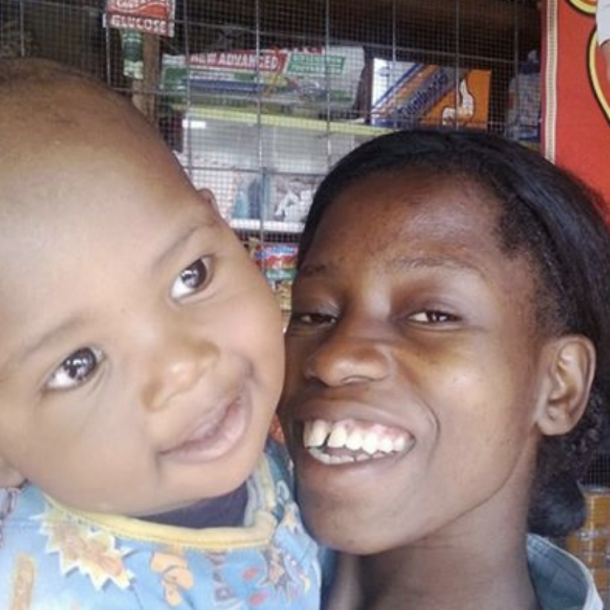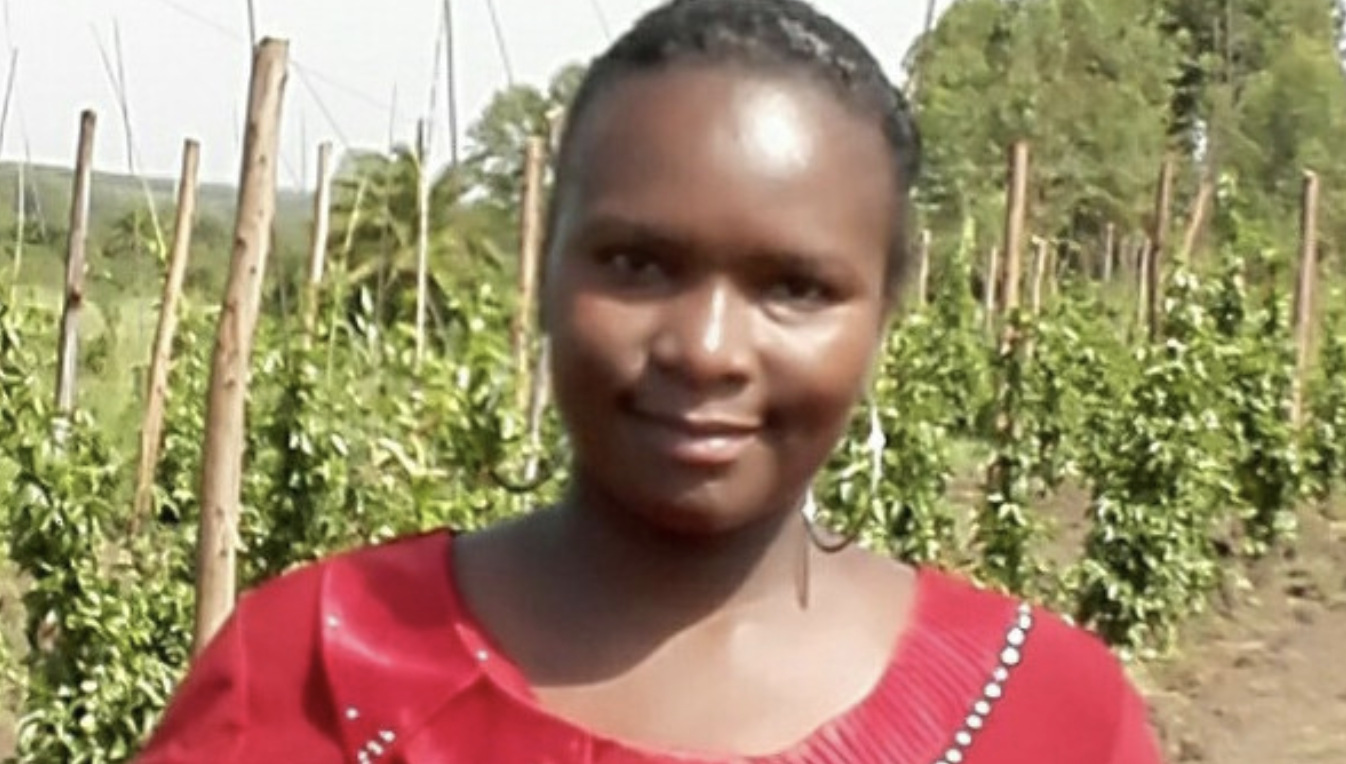Financial inclusion continues to be one of the key challenges in the microfinance sector today that would play an integral role in shaping its performance in the future. At the Mexico G20 summit last summer, 17 countries led by the Presidents of Chile, Indonesia, and Mexico publicly committed to advance financial inclusion. Although the term microfinance has been associated with the working methodologies of Muhammad Yunus of Grameen Bank and with organizations such as Opportunity International, Accion and ASA, its employment as a tool to fight against poverty has always been debated, since its usage still lacks a necessary component to creating successful entrepreneurship values.
 The concentration of MFIs have been growing in the regions of Africa, Latin America and Asia over the years, and this trend is attributable to the increasing below-poverty line population in those regions alongside the proliferation of the urban poor. Primary sources of funds for early MFIs were generated from savings of clientele and venture capitalist funding. However, the scenario has been changing rapidly. Nowadays, Central Banks across the globe have been taking initiatives to allocate financial services to the poorest of the poor; this in turn, has enabled hundreds of MFIs around the globe to become profitable in the long run. Commercial banks have begun to acknowledge the profits they can achieve from the low end of the retail market and mobile phone operators continue to discover innovative methods of allowing the poor to access mobile-based banking services.
The concentration of MFIs have been growing in the regions of Africa, Latin America and Asia over the years, and this trend is attributable to the increasing below-poverty line population in those regions alongside the proliferation of the urban poor. Primary sources of funds for early MFIs were generated from savings of clientele and venture capitalist funding. However, the scenario has been changing rapidly. Nowadays, Central Banks across the globe have been taking initiatives to allocate financial services to the poorest of the poor; this in turn, has enabled hundreds of MFIs around the globe to become profitable in the long run. Commercial banks have begun to acknowledge the profits they can achieve from the low end of the retail market and mobile phone operators continue to discover innovative methods of allowing the poor to access mobile-based banking services.Over the past year, there have been various trends that have emerged in the microfinance sector as businesses and individuals continue to realize the benefits of microfinance. Some innovative trends that have been adopted by microfinance institutions as they try to make their solutions more sustainable are listed below-
• Specialized Microfinance Institutions: Microfinance institutions are focusing on customer specific demands, which vary across a wide range of customers and according to the location. Last year saw an increasing progress in translating the needs of the poor into improved context-specific product offerings and policy approaches. A set of providers across the globe accelerated experimentation with innovative products that better match people’s savings needs and behaviors. For example, Jipange KuSave in Kenya tested the provision of interest-free loans with a third of the amount held back as savings. Opportunity Bank in Malawi has a commitment savings product for farmers that allow them to lock away their post-harvest payouts and distribute it over the year to smooth cash flows.
• Diversification of Microfinance Institutions: Microfinance institutions believe in offering broad range of products and services under an umbrella of microfinance that previously started with small loans, now offers money transfer, insurance and savings services as well.
• New channels: Branchless banking and franchisee-based services have become extremely effective and prevalent these days to approach potential clients who live in rural areas. One of the top developments in Kenya’s branchless banking industry was the launching of M-Shwari in Kenya, which provided access to savings and loans to M-Pesa customers. Through a partnership between Vodafone, Safaricom and the Commercial Bank of Africa, M-Pesa customers can now apply to CBA for a mini-loan and sign up for an interest bearing savings account, directly from their phones. Since its launch in November, M-Shwari now has 1million users.
• Turnkey Solutions: Most of the microfinance institutions have started offering services to their clients that differ from traditional services like savings, insurance and loans. Some MFIs offer services such as supply chain management or assisting with marketing infrastructure to grow micro-businesses.


